More like this...
Rayman Advance (USA) (En,Fr,De,Es,It) Gameboy Advance game
Rayman Advance is a 2D platformer video game released for the Game Boy Advance on June 11, 2001, in North America and June 22, 2001, in Europe. It was later re-released for the Wii U's Virtual Console on April 20, 2017, in North America and May 25, 2017, in Europe. The game was developed by Digital Eclipse and published by Ubisoft. It is a port of the original Rayman game, which closely resembles the PC version. Rayman Advance was a launch title for the Game Boy Advance, developed over nearly a year. Notably, the European and North American covers of the game use different renders of Rayman from Rayman 2. In 2017, the game was released on the Wii U's Virtual Console alongside the Game Boy Advance version of Rayman 3.
Differences from the Original
Due to hardware limitations, Rayman Advance has several differences from its predecessors. The first part of Bongo Hills was removed, and the cage originally there was relocated. The music was remade to fit on the cartridge, losing much of its original quality, with some tracks removed and new ones added. The graphics were increased in contrast and brightness to compensate for the lack of a backlight on the original Game Boy Advance, resulting in some quality loss. The intro and ending were changed to a slideshow format, similar to the Atari Jaguar version, instead of using pre-rendered movies.
Gameplay Adjustments
To make the game easier, several adjustments were made:
- The number of lives per continue increased to six, and the number of continues to nine.
- One extra unit of health was added to the player's health bar.
- No Tings (in-game currency) are lost upon losing a life or continue.
- More lives and additional platforms are available within levels.
- Fewer enemies appear, and more time is given in bonus levels.
- The Photographer, a checkpoint character, appears in several new locations.
- Some bosses, like Bzzit and Moskito, can take hits before flying away, allowing continuous hits until defeat.
- Mr. Dark's Dare is replayable upon completion.
Bugs and Issues
While relatively bug-free, some noticeable issues include:
- Some items, especially clouds, sometimes appear incorrectly.
- Pencil sharpeners in Pencil Pentathlon may move in the wrong direction or be incorrectly placed, making some items unobtainable or harder to get.
Multiplayer
The game was initially planned to include a multiplayer "capture the flag" mode, marketed in preview versions but never finished for any release. The ROM contains unfinished maps for this mode, with only the first few completed and the rest lacking objects.
Plot
In Rayman Advance, players control Rayman, who must rescue the Electoons and recapture the Great Protoon from the villain Mr. Dark. The game is set in six worlds: The Dream Forest, Band Land, Blue Mountains, Picture City, The Caves of Skops, and Candy Château. Rayman gains new abilities as he progresses, starting with a basic punch and later learning to swing from flying hoops, glide using his hair, and run. At the end of each world, Rayman faces a boss. After rescuing all the Electoons, Rayman confronts Mr. Dark in Candy Château, restores balance to his world, and takes a vacation with friends.
Development and Reception
Rayman Advance was developed by Digital Eclipse and published by Ubisoft. The original Rayman game was designed by Michel Ancel and was critically acclaimed for its visuals and music. Despite its aesthetic appeal, some reviewers noted its high difficulty level. The game has appeared on multiple systems, including the Game Boy Advance, DSiWare, and mobile devices.
Rayman Advance received positive reviews for its graphics and faithful adaptation to the Game Boy Advance system. IGN rated it 9/10, and GameSpot gave it a score of 86/100. The game was noted for making the most out of the Game Boy Advance's capabilities, though some criticism was directed at its difficulty and the impact of hardware limitations on the game's music and graphics.
Legacy
Rayman Advance contributed to the success of the Rayman franchise, which includes several sequels and spin-offs, with its first sequel, Rayman 2: The Great Escape, released in 1999. The franchise has continued to evolve, maintaining its popularity through various iterations and platforms.
Game category: Gameboy Advance games
Recently played
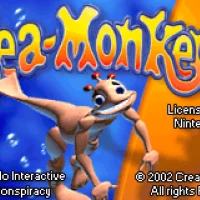
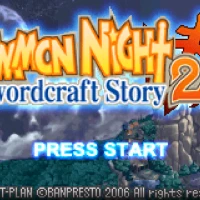
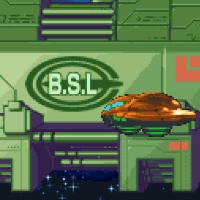
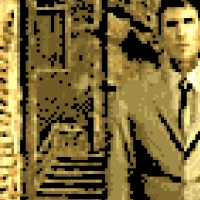
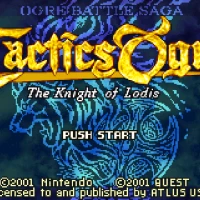
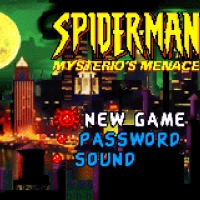
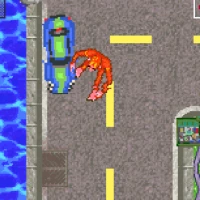
![Advance Wars (E) (M4) [!] Gameboy Advance game](https://www.gamesclips.com/gameImages/9338.webp)
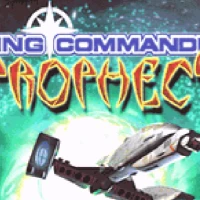
![Astro Boy - Omega Factor (E) (M6) [t1] Gameboy Advance game](https://www.gamesclips.com/gameImages/9371.webp)

Comments